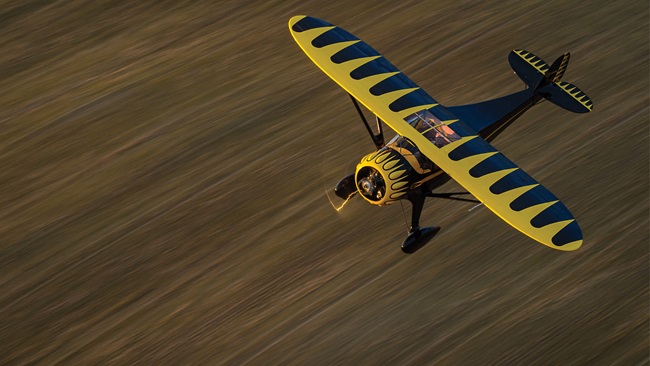A new technology solution promises to ease pilot workload and increase safety in what must surely be among the most dangerous flying environments anywhere—instrument conditions over the open seas near an oil rig. At Heli-Expo 2014 in Anaheim, Calif., Feb. 24 through 27, Sikorsky Aircraft demonstrated its newly certified Oil Rig Approach system. The method of approaching oil rigs recently received FAA certification and is in use in the Gulf of Mexico by PHI and Chevron. The company is working on EASA certification so that European operators can take advantage of it in the dangerous North Sea environment.
The approach system was developed by Sikorsky, which owns the patent, and PHI, the largest operator of helicopters in the oil and gas business. Leveraging the Collins avionics displays in the Sikorsky S-92, the system reduces pilot work load and increases situational awareness as the helicopters approach oil rigs in inclement weather.
The individual operators, with FAA oversight, develop instrument approaches to each rig, but unlike conventional land-based instrument approaches, the pilots flying the oil rig approaches have the ability to set their own approach course, depending on winds. The pilot sets an approach course into the wind and then chooses an approach altitude, usually about 50 feet above the oil rig’s deck. The pilot then chooses an offset from the rig. Currently the FAA requires the approaches to end at least a half mile from the rig, but according to Tom Currier, a Sikorsky test pilot, the system is capable of providing guidance as close as one-eighth of a mile. The system automatically monitors the position solution, assessing GPS and inertial reference system data constantly and alerting the pilot if the guidance accuracy strays beyond the chosen offset.
Once those three pieces of data are entered into the system, the pilot activates the rig approach while in cruise miles from the rig. With that, the helicopter automatically flies in cruise configuration until it needs to start to slow and descend for the final approach fix, which is created on the fly depending on the wind and approach course. Upon reaching the FAF at 80 knots airspeed and 1,500 feet, the system switches to a ground-speed-based approach to assure a consistent arrival procedure no matter the wind. It then slows to 30 knots and descends to the chosen altitude until reaching the appropriate offset point. There the pilot either blips the guidance to cause the helicopter to fly to the rig for landing, or, if the rig is not in sight, he hits the Go-Around button, which causes the helicopter to climb initially at 250 feet per minute and 80 knots—gradually accelerating away from the rig and climbing at 750 fpm.
With the rig in sight, the pilot can continue the mission on autoflight or switch off the autopilot and hand fly to the deck.
Currier said the system was requested by PHI to relieve pilot work load during the critical final moments of the flight. Instead of some 20 steps to load a traditional rig approach and then carefully managing the helicopter’s progress, the Rig Approach system allows the pilot to load the approach with only a half dozen actions and to do so miles from the rig, allowing him to simply monitor the approach during those critical and stressful final minutes.



